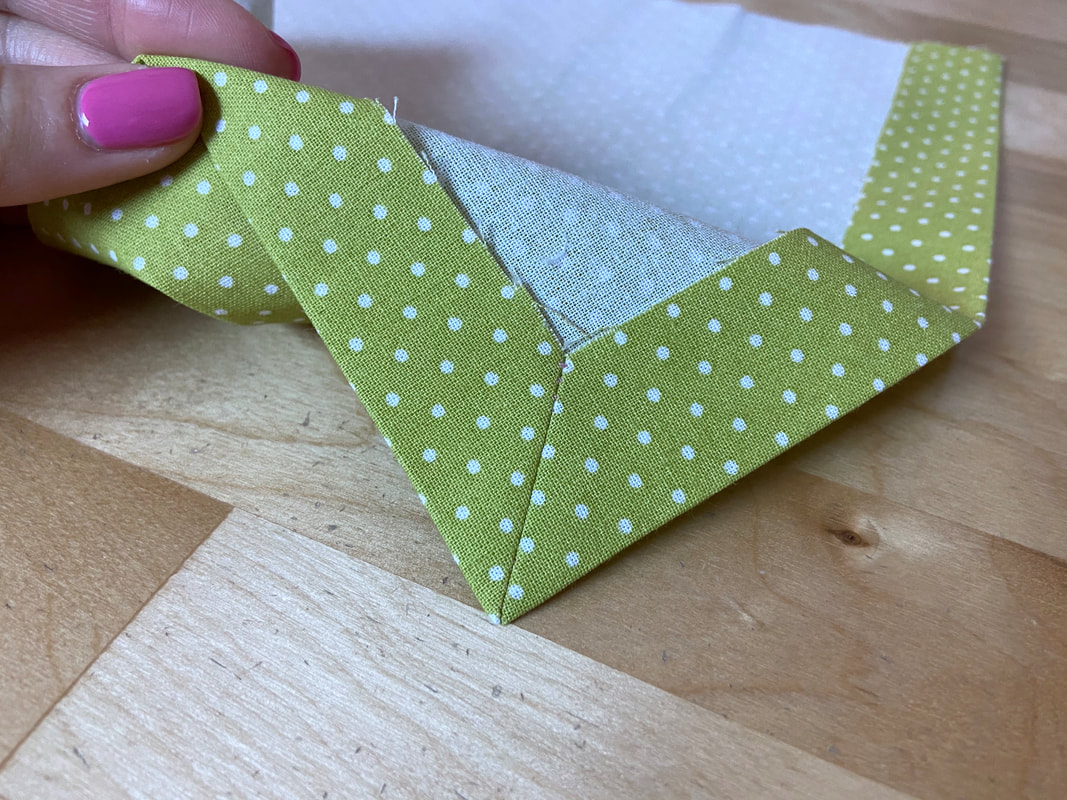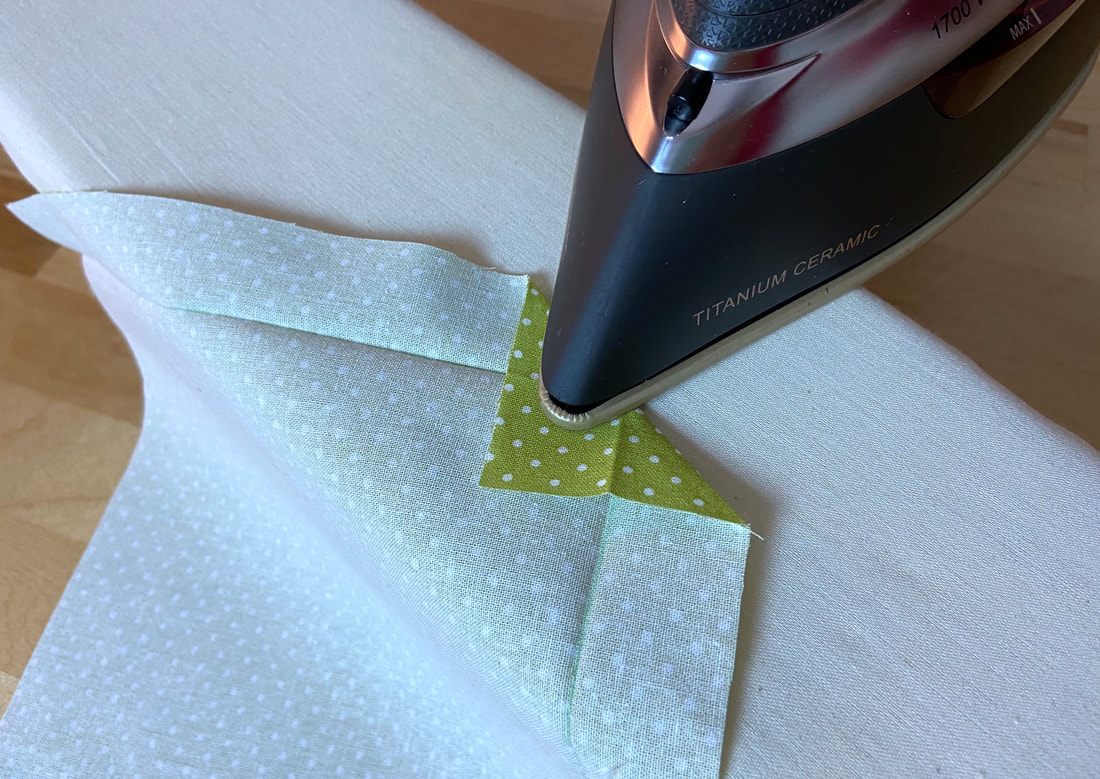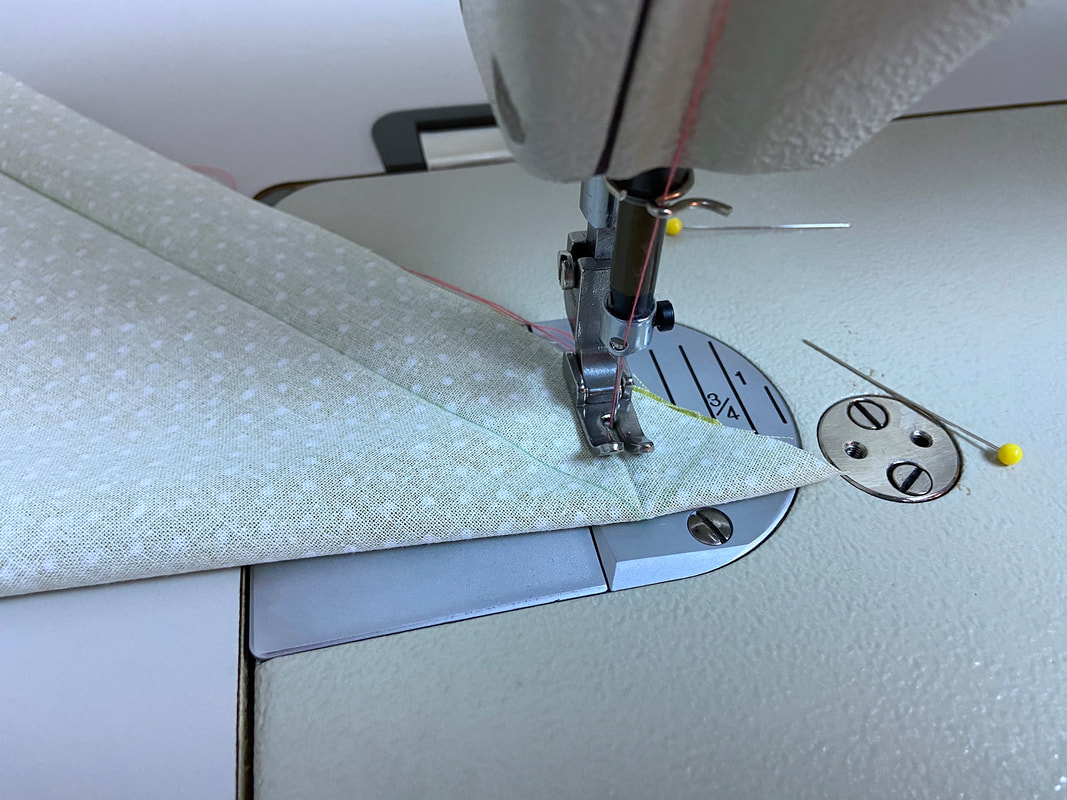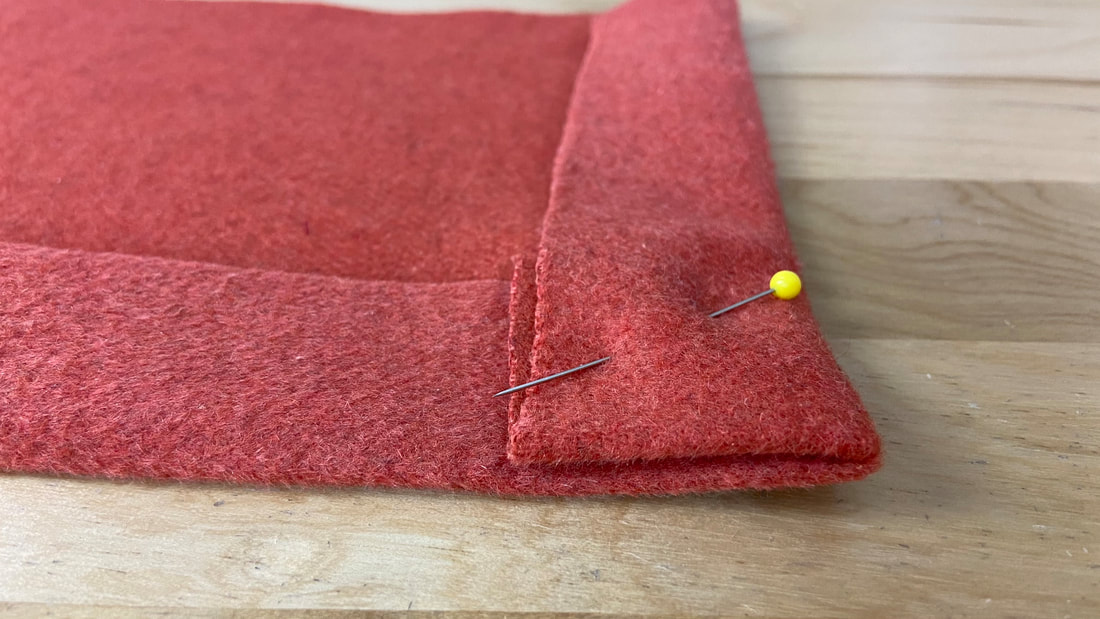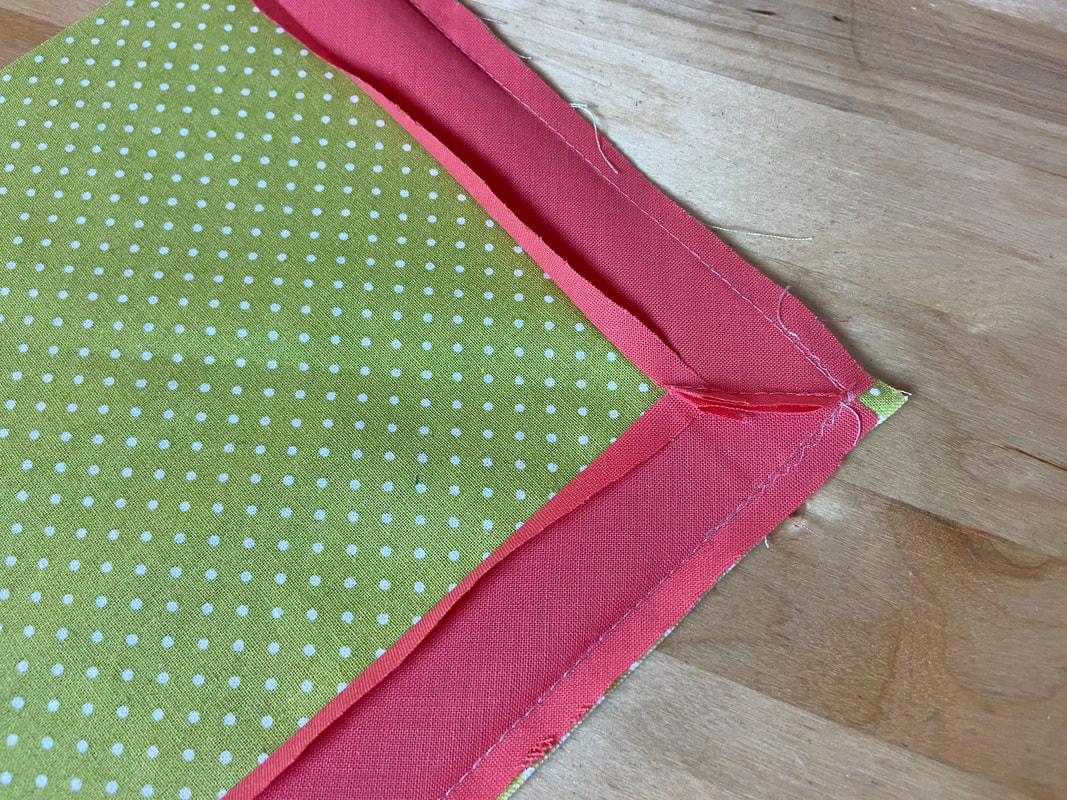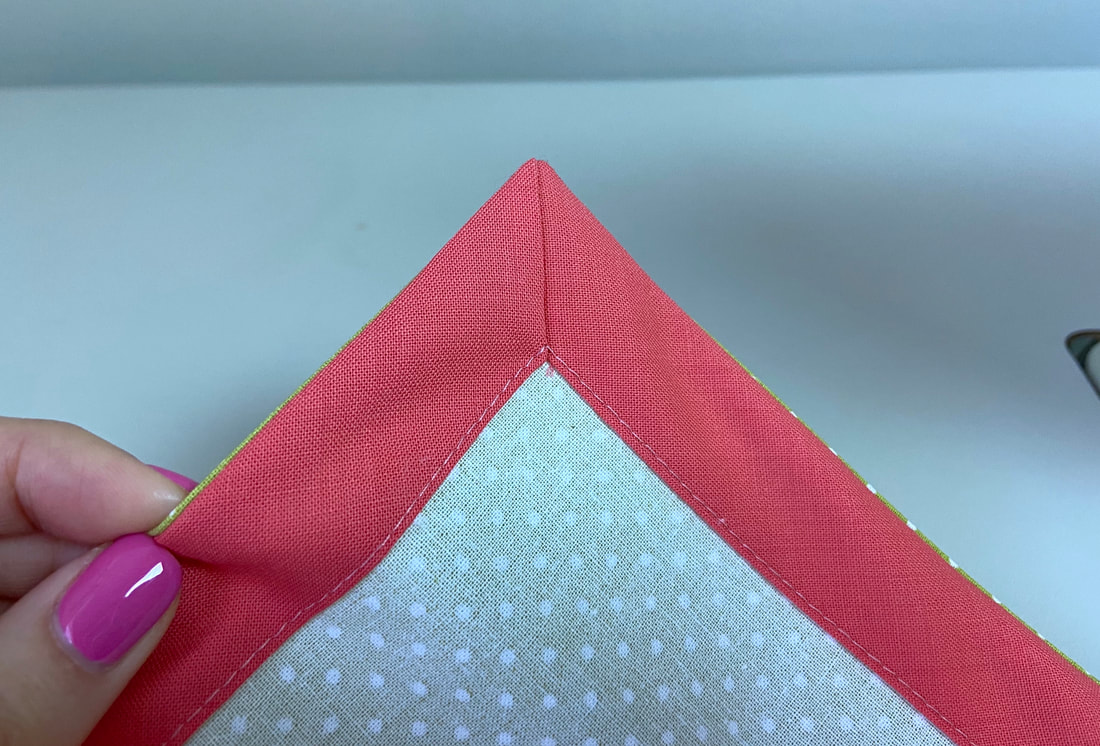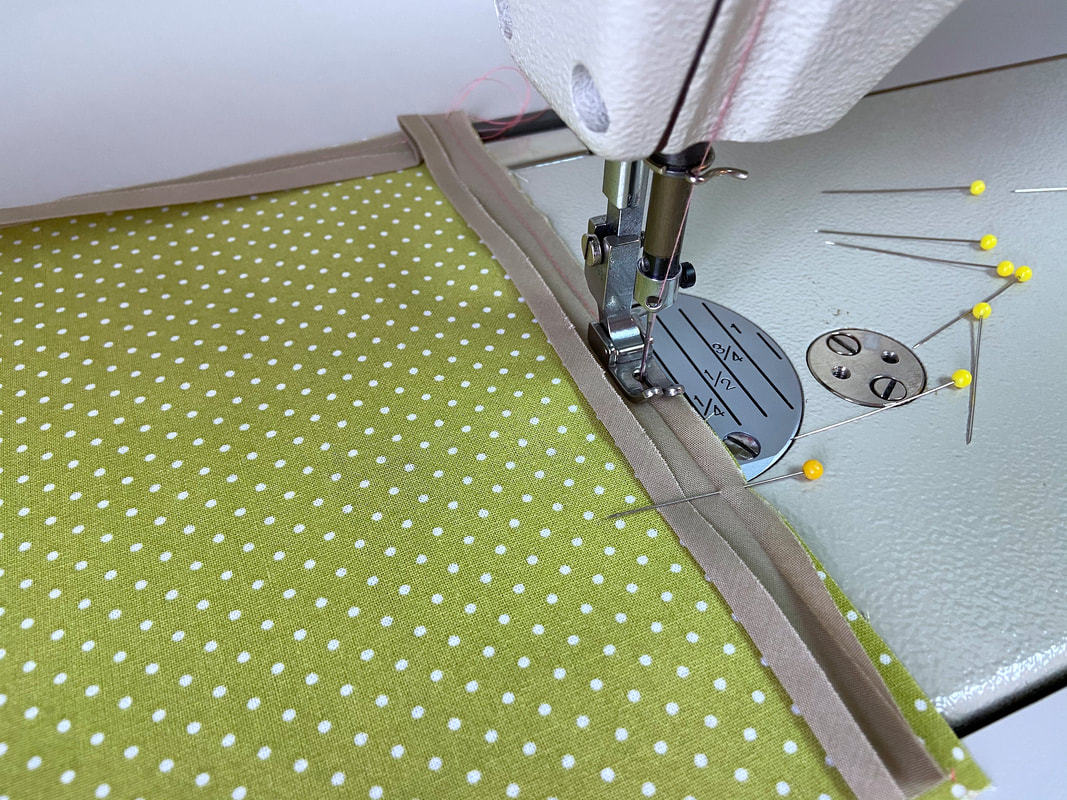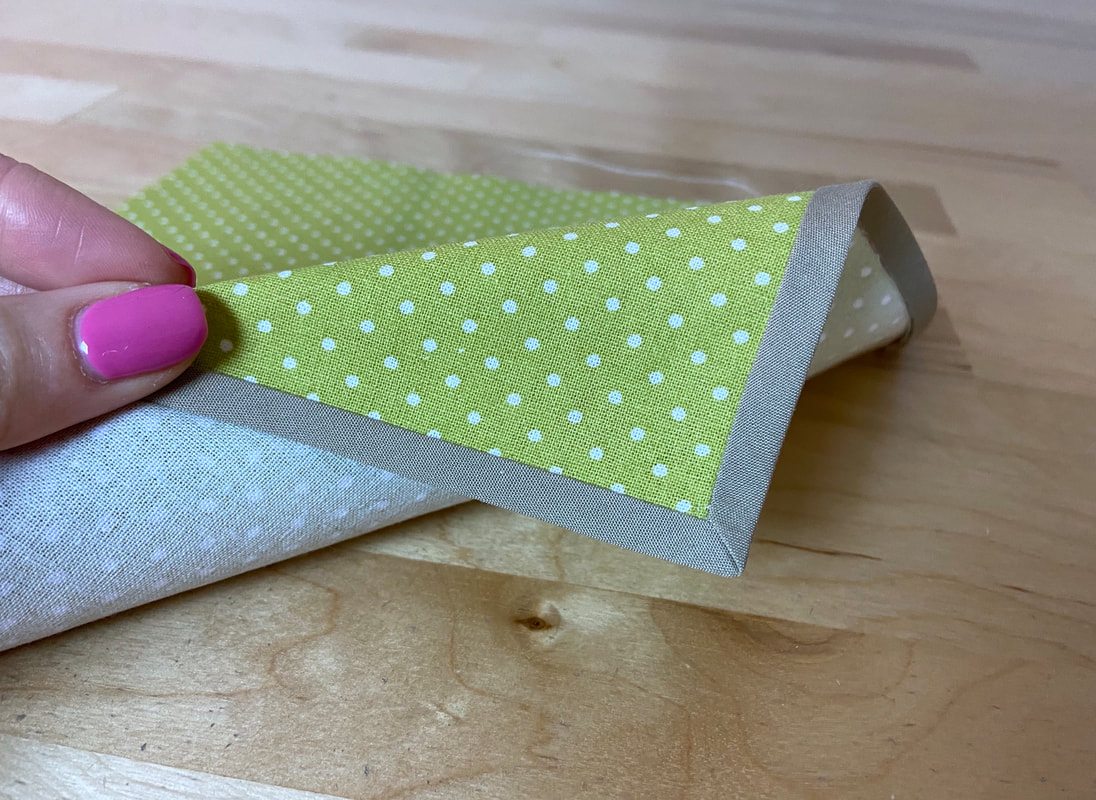What Is Fabric Corner Mitering And How Is It Used In Dressmaking
Mitering is a technique used to clean-finish fabric corners. It entails enclosing the corner's raw edges with a diagonal seam.
A traditional mitered corner uses the seam allowance excess to clean-finish the corner. The vertical and horizontal seam allowance edges are brought together to form a diagonal seam extending equally from each finished edge.
To achieve a perfect diagonal seam placement, the fabric corner is folded and ironed strategically to crease the diagonal stitch line.
The diagonal seam is then machine stitched following the resulting folded line.
Mitering corner seam allowance provides a clean and high quality way to fully encase all fabric raw edges. This technique is especially helpful if your fabric corner is not a perfect 90 degree angle.
Mitering corner seam allowance provides a clean and high quality way to fully encase all fabric raw edges. This technique is especially helpful if your fabric corner is not a perfect 90 degree angle.
As a shortcut, a perfectly straight corner (90 degrees) can be folded onto itself to encase the seam allowance edges (at the corner).
The only downfall is that given all the fabric layers intersecting at a single point, the finished corner can often end up being quite bulky. Additionally, the inner vertical edge (visible on the wrong side of the garment) needs to be properly clean-finished to not only prevent fraying, but also provide a more professional application.
The only downfall is that given all the fabric layers intersecting at a single point, the finished corner can often end up being quite bulky. Additionally, the inner vertical edge (visible on the wrong side of the garment) needs to be properly clean-finished to not only prevent fraying, but also provide a more professional application.
Fabric corners can also be mitered using a bias fabric strip cut from your choice of contrast/matching fabric. In this instance, the bias strip receives the diagonal seam before it is flipped to the application's wrong side to fully encase the fabric corner.
Although the bias strip is only visible on the wrong side of the application, it can also serve as a semi-decorative finish if contrast colors or prints are used.
Although the bias strip is only visible on the wrong side of the application, it can also serve as a semi-decorative finish if contrast colors or prints are used.
Another common technique for mitering fabric corners is with a single-fold bias binding. The binding is stitched in an exposed style serving both a functional and decorative finish.
When flipped over the raw fabric corner to encase it, the binding forms a diagonal fold which perfectly conforms to the corner shape/angle.
When flipped over the raw fabric corner to encase it, the binding forms a diagonal fold which perfectly conforms to the corner shape/angle.

